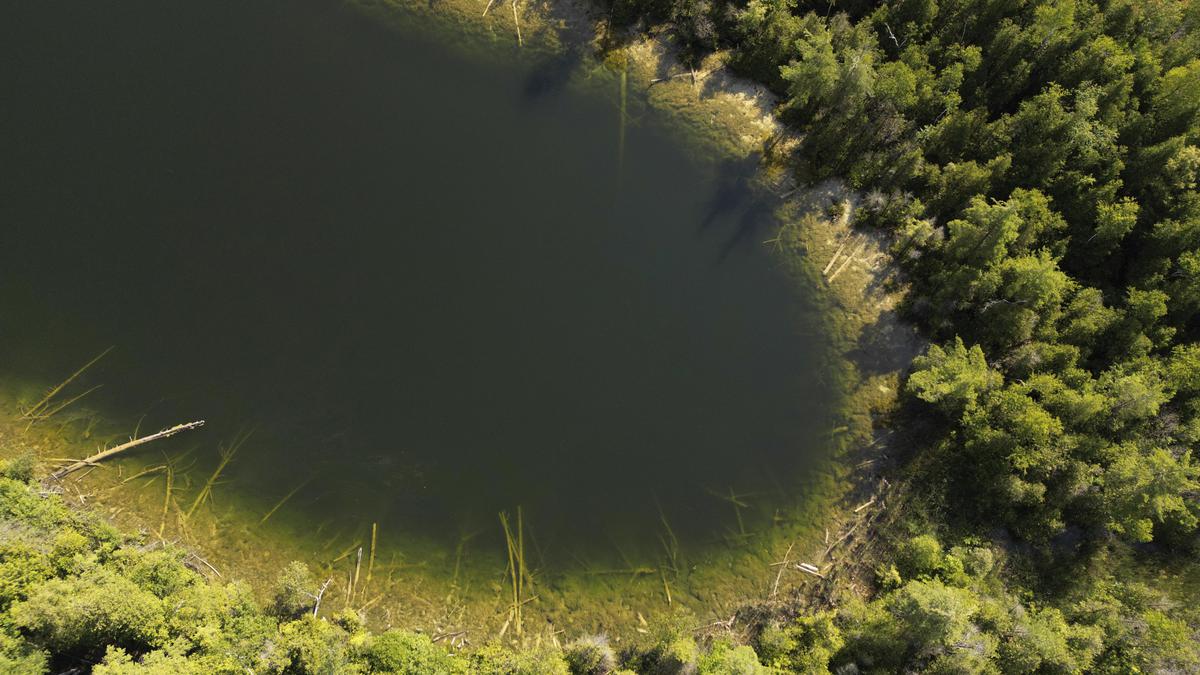
Anthropocene, the new epoch marked by human impact on Earth, began in 1950s, say scientists
The Hindu
A group of scientists is recommending to mark the start of the Anthropocene epoch in the small but deep, pristine Crawford Lake outside Toronto, Canada with a ‘golden spike’. The start of the human epoch is sometime around 1950 to 1954.
Humanity has etched its way into Earth’s geology, atmosphere and biology with such strength and permanence, a special team of scientists figures we have shifted into a new geologic epoch, one of our own creation. It’s called the Anthropocene.
A geological task force is recommending to mark this new epoch’s start in the small but deep, pristine Crawford Lake outside Toronto, Canada with a ‘golden spike’. The start of the human epoch is sometime around 1950 to 1954. The specific date will be determined soon, probably by levels of plutonium in new measurements from the bottom of the special lake site.
“It’s quite clear that the scale of change has intensified unbelievably and that has to be human impact,” said University of Leicester geologist Colin Waters, who chaired the Anthropocene Working Group that is making the recommendations. “It’s no longer just influencing Earth’s sphere, it’s actually controlling.”
The burning of coal, oil and gas that’s changing Earth’s climate and atmosphere, nuclear bomb detonations spotted in soil around the globe, plastics and nitrogen from fertilizers added on land and dramatic changes to species that make up the rest of the Earth characterize the new epoch, scientists said.
The idea of the Anthropocene was proposed at a science conference more than 20 years ago by the late Nobel Prize winning chemist Paul Crutzen. For decades teams of scientists have debated the issue and finally set up a special committee to examine whether it was needed, when it would start and where a golden spike would be placed to commemorate the start. Those spikes commemorate new geologic time periods across the Earth.
“There are distinct and multiple signals starting around 1950 in Crawford Lake showing that “the effects of humans overwhelm the Earth system,” said Francine McCarthy, a committee member who specializes in that site as an Earth sciences professor at Brock University in Canada.
Because Crawford Lake is 79-feet (24-metre) deep but only 25,800 square feet in area, the layers on the lake bottom are pristine showing what’s in air and on Earth each year, scientists said.

The crowning achievement of American inventor William Painter’s career was, well, inventing the now-ubiquitous crown bottle cap. Oh, and not to forget, the bottle cap lifter to open these crowns, or what we simply call the bottle openers. A.S.Ganesh tells you how Painter changed the bottling industry forever…










